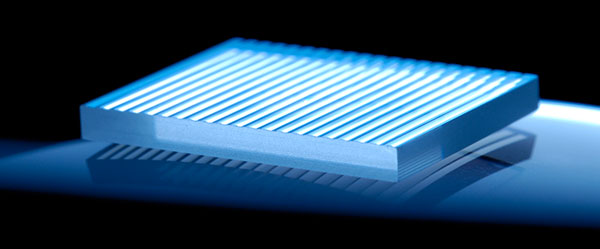
What is the major element of the next generation of 3D imaging systems? The answer is relatively simple – micro lens. The major reason for microlens becoming the key element is due to its ability to provide good optical properties. It would be inclusive of large view angles, high temporal resolution, infinite field depth, and low aberration methods. Despite several fabrication processes or methods that have been proposed for the manufacturing of such a precision component, a majority of those methods require improvement.
Let us go briefly through the fabrication methods – direct and indirect methods. The two major challenges you may come across in the manufacturing of microlens array would be
- Means to obtain microlens array in a large area
- Means to produce microlens array on a curved surface
To achieve effective control of the microlens geometry, you would need indirect methods entailing 3D molds and replication technologies. For the ultra-precision machining needs, you would require technology for reducing the surface fluctuations. It would be done by considering the machine tool dynamics in the planning of the tool path.
Fabrication methods
The microlens arrays fabrication methods have been categorized into direct and indirect methods. The direct method would not require fabricating a mold or a mask with concave 3D microstructures. However, the shape of microlens would be based on the surface tension effect while the material is in a liquid state. It would offer a relatively smooth surface.

It would be imperative to mention here that these methods would entail cost-effective and simple processes. Nonetheless, controlling microlens precision would be relatively difficult. The major reason would be the controlling parameters determining the geometry of microlens are pressure, process time, temperature, and the time it stays wet.
The indirect methods would fabricate the mold with concave micro lenses. It would help produce the microlens using the replication technology. It would be inclusive of compact molding, injection molding, and hot embossing. When you make use of the indirect method, you should rest assured that the shape of the microlens array would be easily controlled. It would not be wrong to suggest that the process is relatively complex.
Various applications for micro lenses
Microlens arrays could be integrated into a light field camera for achieving the function of taking a photo and then focus. It would help you achieve a large FOV and aperture image. The microlens cameras have more prospective buyers in the market owing to their light and compact structure.



